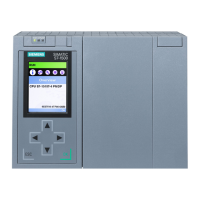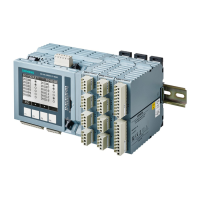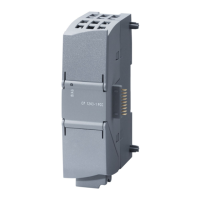2.1.5
STEP 5 Blocks and Storing
them in Memory
Identification
A block is identified as follows:
•• the block type (OB, PB, SB, FB, FX, DB, DX)
and
•• the block number (number between 0 and 255).
Block types
The STEP 5 programming language differentiates between the
following block types:
Organization blocks (OB)
Organization blocks are the interface between the system program and
the user program. They can be divided into two groups as follows:
With OB 1 to OB 39, you can control program execution, the restart
procedure of the CPU and the reaction in the event of an error. You
program these blocks yourself according to your automation task.
These OBs are called by the system program.
OBs 40 to 100 are blocks belonging to the operating system. You
must not call these blocks.
OBs 121 to 255 contain special functions of the system program. You
can call these blocks, if required, in your user program.
Program blocks (PB)
You require program blocks to structure your program. They contain
program parts divided according to technological and functional
criteria. Program blocks represent the heart of the user program.
Sequence blocks (SB)
Sequence blocks were originally special program blocks for step by
step processing of sequencers. In the meantime, however, sequencers
can be programmed with GRAPH 5/4/. Sequence blocks have
therefore lost their original significance in STEP 5.
Sequence blocks now represent an extension of the program blocks
and are used as program blocks.
STEP 5 Programming Language
CPU 948 Programming Guide
2 - 12 C79000-G8576-C848-04

